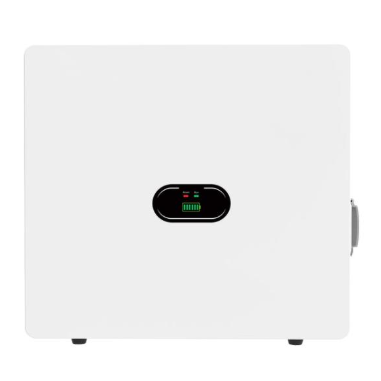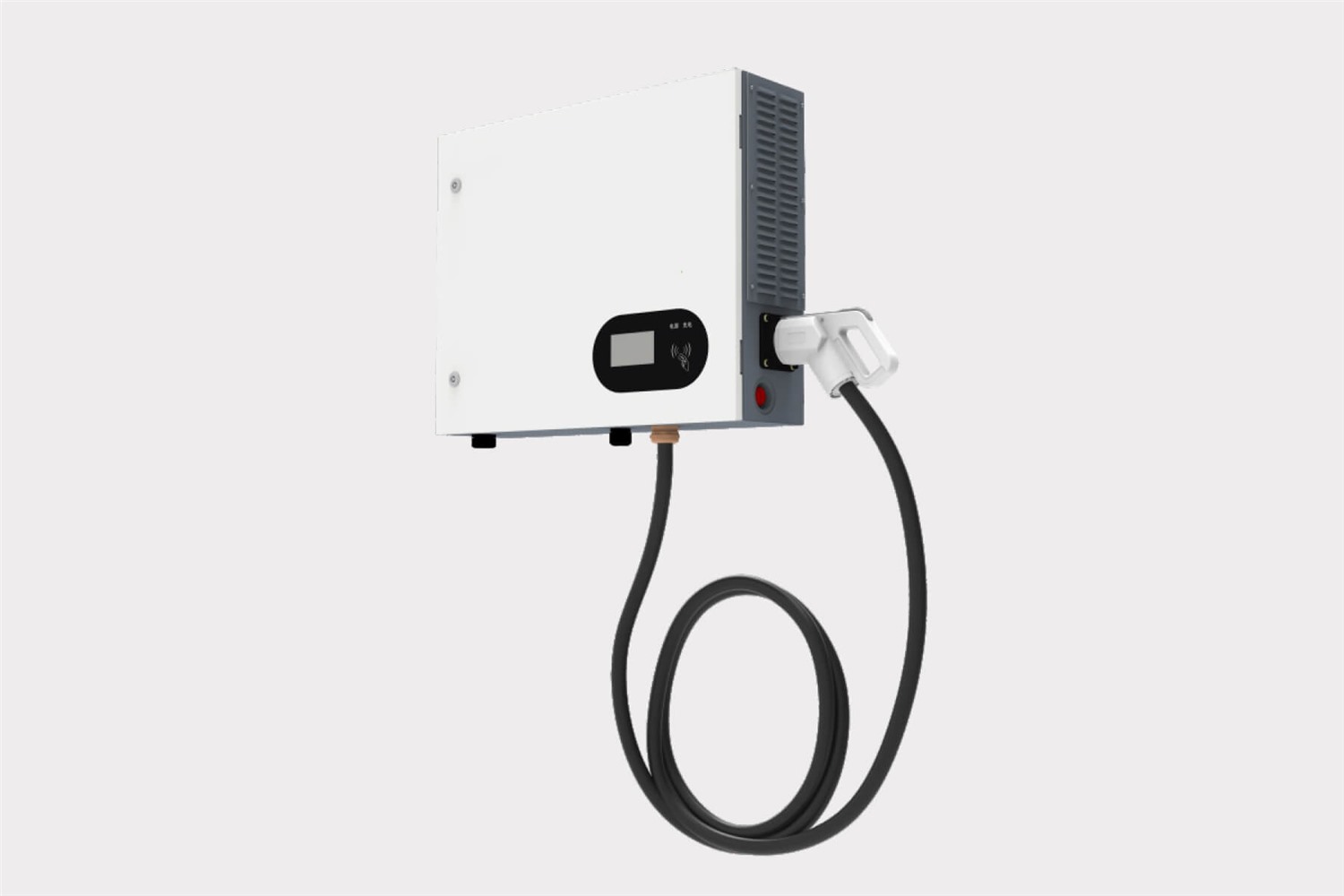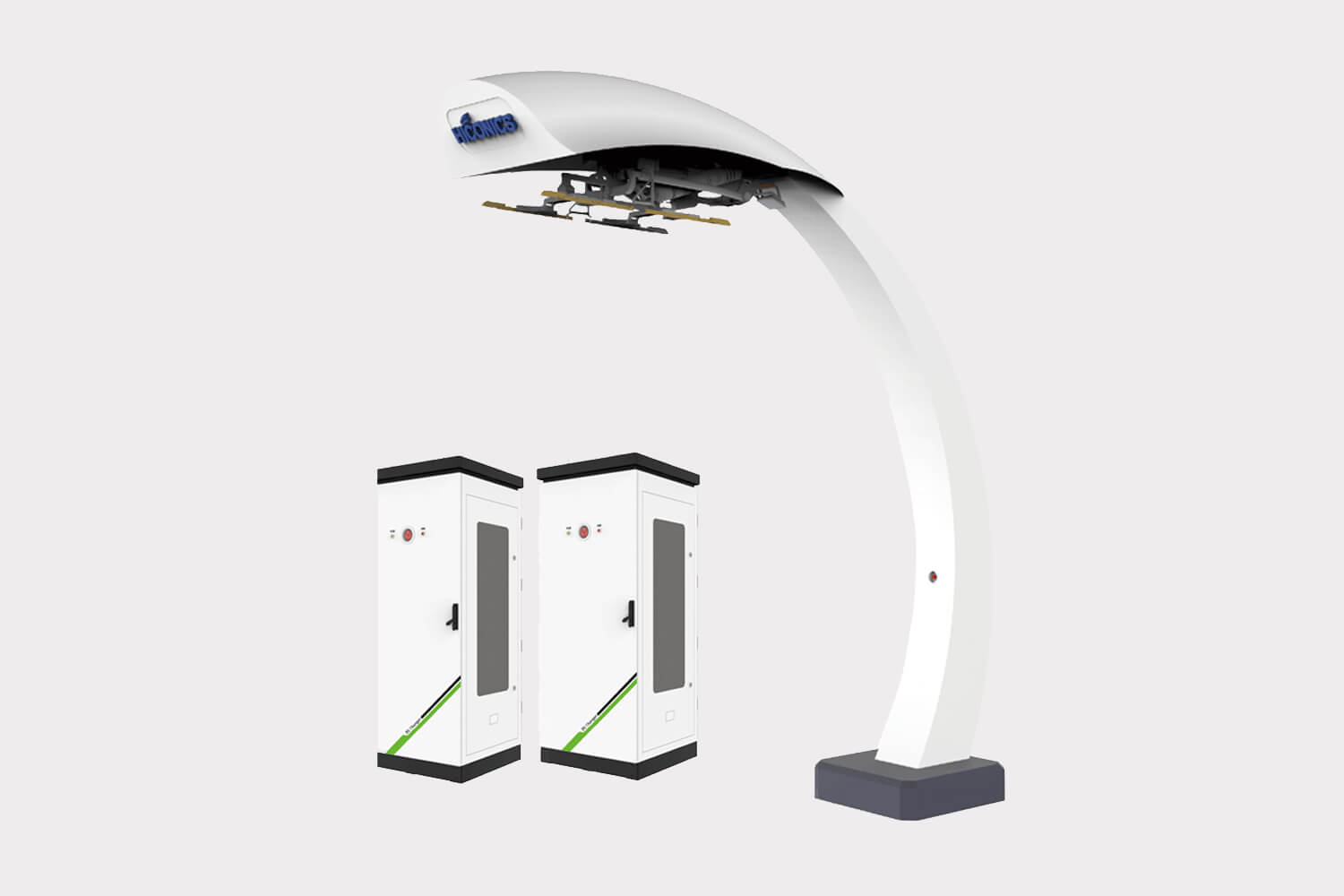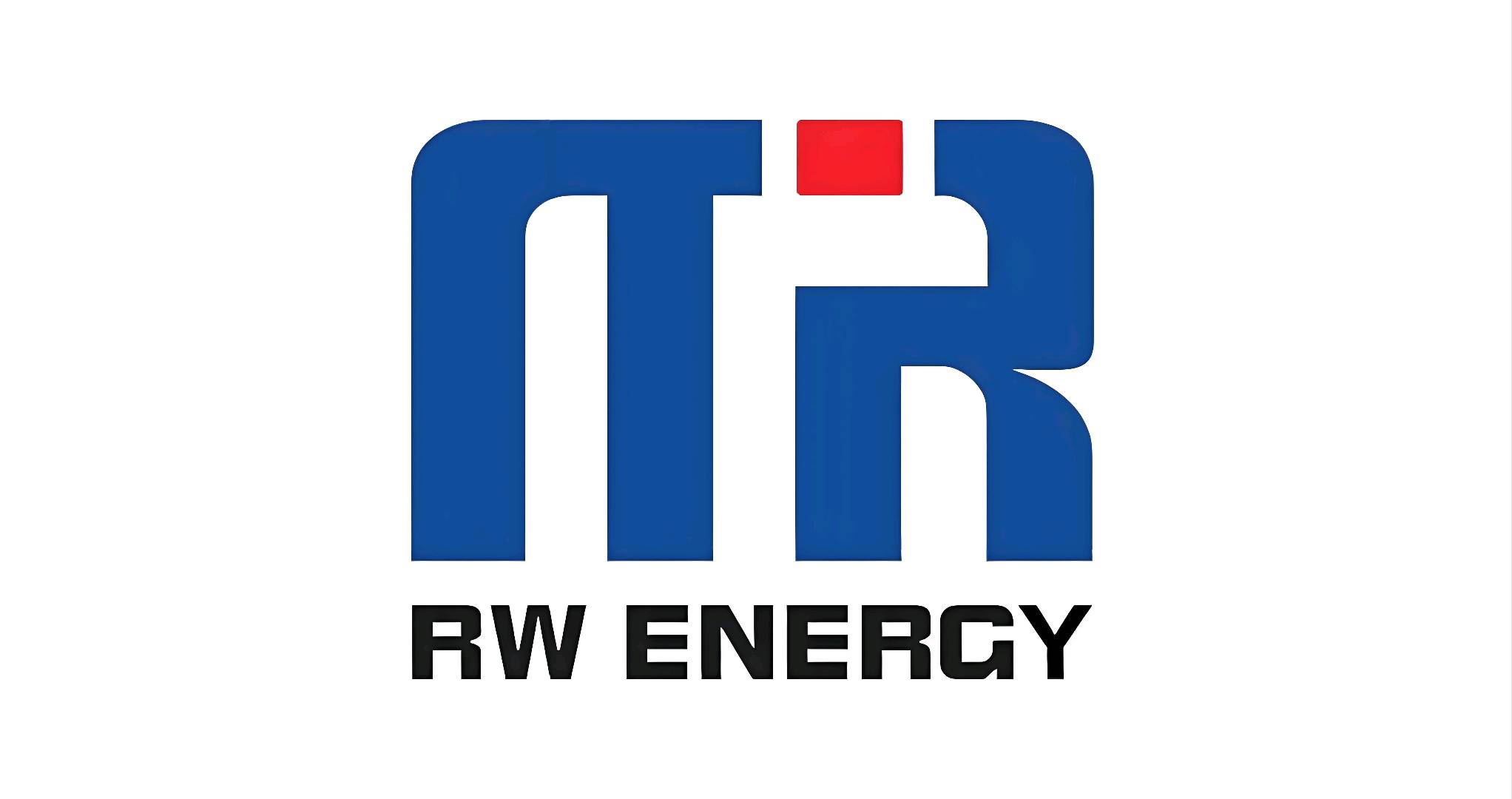EV Charger for Home: How to Select, Install, and Optimize Your Charging Setup
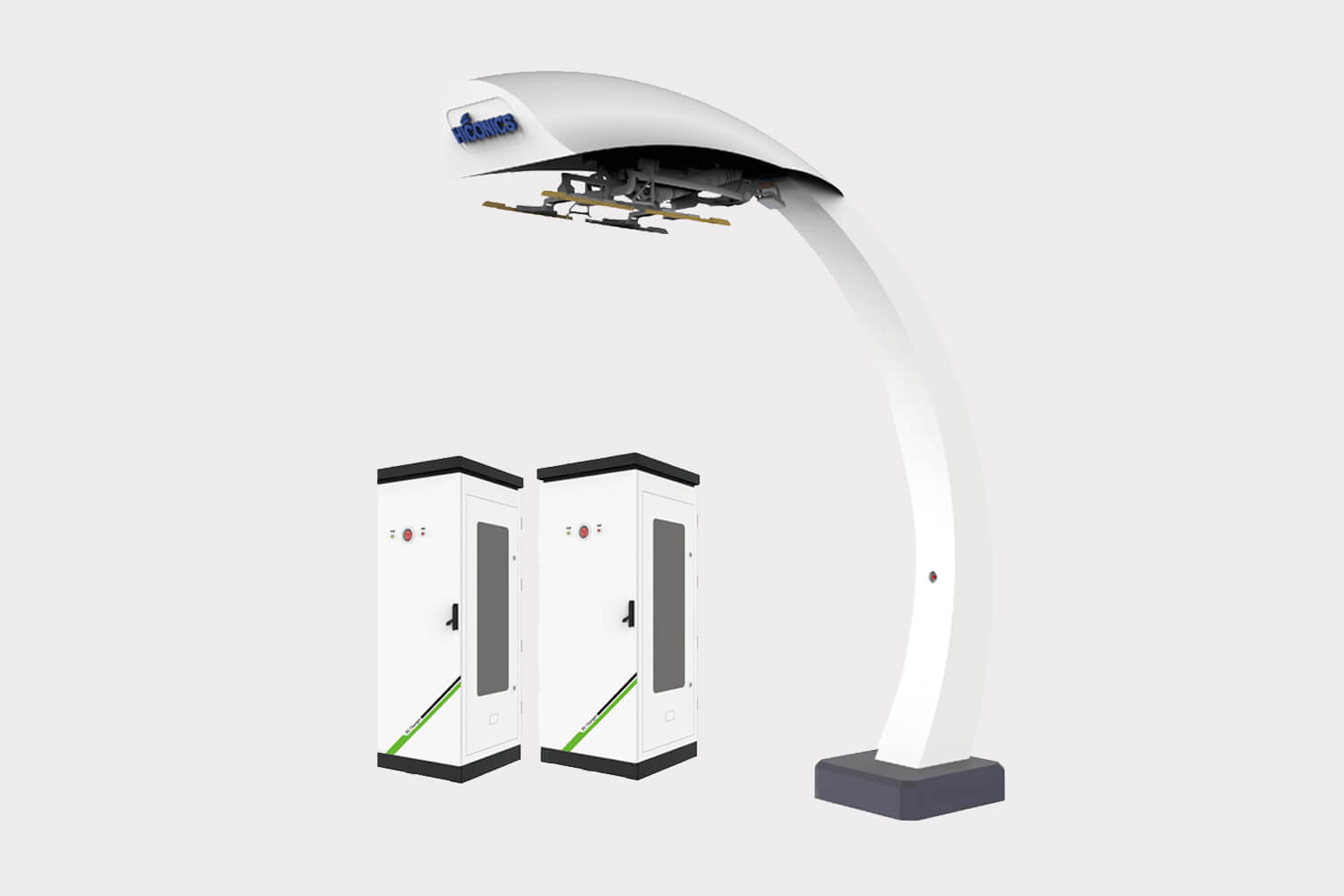
Ⅰ. EV Charger Type Selection: Matching Needs and Scenarios
Portable Charger
• Best for: Short daily commutes (≤40 miles), extended parking periods (e.g., overnight charging).
• Features:
Uses standard 120V household outlets (no wiring upgrades needed).
Slow charging speed (8–20 hours for 60kWh battery).Wall-Mounted Charger
• Best for: Primary home solution, supports mid/long commutes (>40 miles/day), requires rapid recharging.
• Features:
Requires 240V dedicated circuit (3–5× faster charging than portable).Typical 8kW unit fills 60kWh battery in ~8 hours (3.7–11kW power range).
Smart features: Scheduled charging, app monitoring.
• Top choice: Recommended for 90% of households (optimal speed-cost balance).
Charging Power vs. Time Reference (60kWh Battery)
Power |
Charging Time |
Compatible Grid |
3.7kW |
16–20 hrs |
Standard 120V outlet |
7kW |
8–10 hrs |
Single-phase 240V (most common) |
11kW |
5–6 hrs |
Requires three-phase power upgrade |
Note: 22kW needs three-phase power; rare in US homes and requires grid modifications. |
Ⅱ. Key Purchasing Factors: Technical Specs & Safety Certifications
Electrical Compatibility
• Single- vs. Three-Phase Power: US homes typically use single-phase 240V (supports ≤11kW); three-phase requires costly upgrades.
• Panel Capacity: Requires 200A electrical panel (upgrading from 100A costs 1,300–3,000 USD).
• Dedicated Circuit: chargers need 40–60A circuit breakers to prevent overloads.Core Features
• Smart connectivity: Remote app control, off-peak scheduling (saves $200+/year).
• Solar compatibility: Integrates with PV systems.
• Weatherproof rating: Outdoor units require ≥IP65 (dust/water resistant).Safety Certifications
• Mandatory UL/CSA certification with overvoltage/overcurrent protection and GFCI (ground-fault circuit interrupter).
Ⅲ. Professional Installation: Compliance & Safety Protocols
Pre-Installation Assessment
• Electrical audit: Licensed electrician checks panel capacity/wiring (≥60% of older homes need upgrades).
• Location tips:
Garage preferred (weather/vandalism protection).
Keep cable ≤25 ft to reduce power loss.Compliance Requirements
• Permits: Local building/electrical permits (handled by electrician).
• Grounding: GFCI breaker mandatory for shock prevention.
• Wiring: 6–4 AWG copper cable (4 AWG for 60A circuits).Costs & Subsidies
• Base installation: 800–1,500 USD (parts + labor).
• Federal tax credit: 30% (max 1,000).•Staterebates:e.g.,Californiaoffersupto1,000). • State rebates: e.g., California offers up to 1,000).•Staterebates:e.g.,Californiaoffersupto500.
Installation Cost Breakdown
Item |
Cost Range |
Notes |
Charger |
400–800 USD |
Premium for smart models |
Circuit Setup & Installation |
800–1,500 USD |
Labor + materials |
Panel Upgrade (200A) |
1,300–3,000 USD |
Common in older homes |
Total (post-subsidies) |
1,200–4,000 USD |
Final cost 500–500–500–1,500 lower |
Ⅳ. Smart Features & Energy Optimization
Smart Charging Management
• Rate optimization: Auto-charges during off-peak hours (50% cost reduction).
• Remote monitoring: Real-time usage stats, fault alerts (e.g., ChargePoint app).Solar Integration
• Prioritizes solar surplus charging (requires compatible inverter like Smappee).
• Can reduce annual charging costs to $0 with sufficient solar capacity.
Ⅴ. Maintenance & Safety Practices
Monthly Self-Checks
• Inspect cables for wear, connectors for overheating.
• Clean charge ports with alcohol wipes (prevents oxidation).Professional Maintenance
• Annual electrical inspection: 100–100–100–200 (tests circuit stability).
• Firmware updates: Ensure compatibility.

